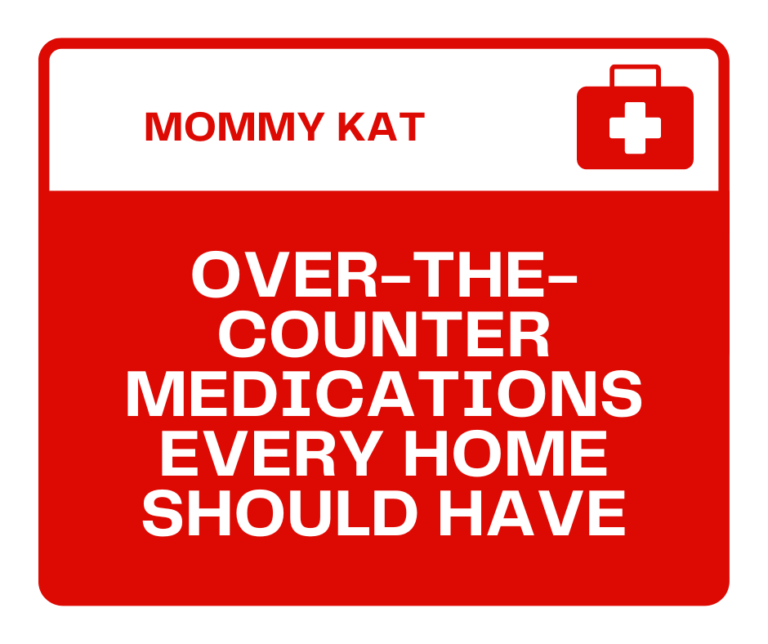There are numerous variations of molds that can be found in nature. Exposure to molds can cause serious health implications. This type of fungi can easily spread once it evades any property.
In a study conducted, it was found out that most people accumulated asthma or their condition worsened due to contact with molds. Hence, getting rid of these home invaders should be at the top of your priority. Should you decide whether to do mold removal or mold remediation to control the situation, continue reading to know the difference.
Signs of Molds
Most people neglect the presence of molds in their homes and become aware only when symptoms develop within their families. These symptoms usually manifest as cough, sneeze, or runny nose. If these signs disappear once a person is outside the premises of the infested property, then it is a sure sign that molds are to be blamed. Some molds can induce health risks related to neurological problems and can even lead to death.
One of the prominent signs of mold contamination is the presence of a musty odor in the air. Performing a visual scan of the property can also give you an immediate idea of mold presence. As molds can appear in clusters and in various colors. Premises exposed to water for a long time are susceptible to mold growth and spores can cling to moist surfaces. Hence, water leaks are also a good way to encourage mold vegetation.
Types of Molds
Molds can either be toxic, allergens, or just simple household molds. Only the experts in mold removal, such as those in Kansas City, can easily discern the difference. One common household mold that you can easily observe is Penicillium. These types of molds cause a musky type of odor in an enclosed place which can cause allergic reactions to those exposed. On the other hand, toxic molds like Stachybotrys should be handled by professionals. The spores of this mold contain poisonous chemicals which can cause life-threatening diseases. For this reason, it is recommended that these molds are handled with strict protocols to prevent further contamination.
Mold Removal
Mold removal is the process of physically removing visible mold spores. However, molds can form anywhere because of their spores. Hence, cleaning a patch with an effective disinfectant would not suffice to eliminate its growth. In addition, after cleaning the place with an aqueous solution can make the air damp leading to the attraction of suspended spores. Keeping the growth of these molds in control can help you achieve total eradication. It is always important to remove mold spores because these can stay dormant and could eventually lead to another outbreak.
Mold Remediation
This process focuses on controlling the level of mold to its natural count. Mold remediation also focuses on addressing the root cause of growth. This is a multi-step process that starts with inspection. In this step, air samples are gathered to check the type of mold present and spore count in the area. The next step would be containment. Containment includes the use of physical means to prevent the further spread of spores. After that, the air will be filtered using high efficient filters to pick up the molds on the surface. Then, the area will be cleaned using antifungal or antimicrobial solutions to remove the formed colonies. Lastly, sanitation of the place is done through fogging.
Conclusion
It is a common mistake for most people to interchange the use of terms between mold remediation and removal. Knowing the difference between the two could help you in making a decision on the type of service you’d like to avail. Looking at the two processes can give you an idea of how to deal with molds in your home. Should you decide to seek professional assistance, always look for trained experts like the mold removal service team in Kansas City.










